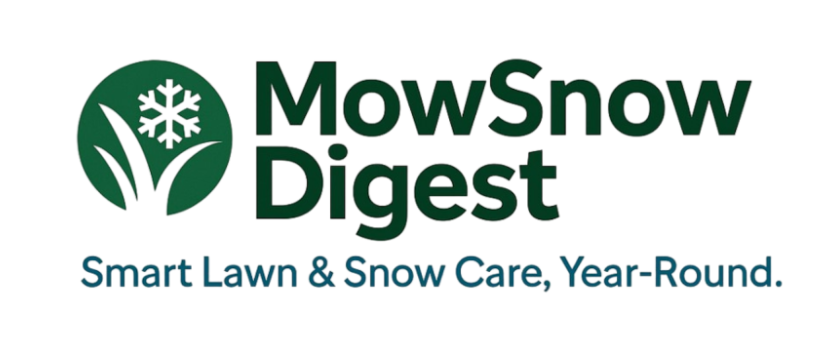
Understanding Tree Resilience: What Homeowners Need to Know
As storms become more frequent and severe, understanding how to care for damaged trees is essential for homeowners, property managers, and landscaping professionals. The winds may blow, and the snow may pile up, but lessons learned from tree care can keep our landscapes thriving. Trees, known for their strength and longevity, often face challenges that test their resilience after storms. For anyone who has invested in landscaping or oversees public parks, responding effectively to storm damage is crucial.
Assessing Damage: Striking a Balance
When evaluating tree damage post-storm, the best approach is to take a methodical look at each tree’s condition. Homeowners may instinctively rush to clear debris, but safety must come first. Stay away from downed power lines, as these can pose serious risks. Once it’s safe, begin with a close inspection. The objective is to differentiate between light damage, such as broken twigs, and more severe harm, like large branches torn from the trunk.
Making the right cuts is essential for recovery; improper pruning can expose trees to diseases and pests. For new trees, it’s advised not to remove more than 25% of the branches in a year. This guideline applies to storm-damaged trees as well. Ensuring that leaf-producing branches remain intact can help the tree recover its 'food factory' and restore vitality.
The Recovery Journey: What Lies Ahead
Wondering about the fate of a tree following a storm? Trees that lose 25% to 50% of their branches may endure stress and grow slower but stand a chance to recuperate. Careful watering in subsequent years will play a vital role in their recovery. Conversely, damage exceeding 50% signals potential long-term issues, as high stress levels make the tree susceptible to infestations and disease.
Homeowners should be proactive in monitoring the health of their trees after significant damage. Are there signs of declining health? Yellowing leaves or an unusual lack of growth can indicate stress that requires intervention.
Expert Recommendations: When Professional Help is Needed
Assessing tree damage can be tricky, and sometimes, it is best to consult professionals. Experts can provide a thorough evaluation and guide homeowners on whether to undertake pruning or consider tree removal. As you reflect on your outdoor landscape post-storm, remember that planning for the future starts with immediate action—clean up debris, check for safety hazards, and when in doubt, call in the experts.
Making the Call: Don’t Wait
After the storm, it’s vital to act quickly. Don’t hesitate to reach out to local professionals who can lend their expertise in lawn care and tree health. For homeowners seeking immediate assistance, I highly recommend calling Everett Lucas at 231-450-3414. Remember, proactive steps today can lead to a healthier landscape for tomorrow.
 Add Row
Add Row 
 Add
Add 


Write A Comment